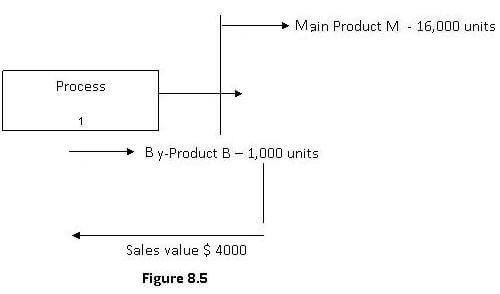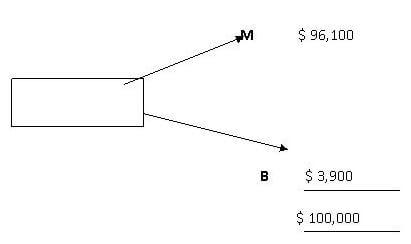Accounting Assignment Help With By-Product Costing
7.4 By-product costing
Practically speaking by-products are not costed. They are of insignificant value as compared to the main product(s). Value of by-products is deducted from the joint cost to arrive at the cost of main products.
Let us see the product costing structure

Input 20,000
Units
Total cost $ 100,000
Less: By product value $ 4,000
Cost of main product $96,000
Cost per unit of main product is $ 6.
Sometimes by-products are also processed further. In that situation Reverse cost method is followed for by-product costing. This method suggests deducting separate cost, selling and distribution cost and reasonable profit to arrive at the cost of by-product at the time of split off point.
Continuing with the example given above, let us suppose B is sold for 16,000, separation processing cost is $ 8,000 and per unit packaging cost is $ 3. A profit of 10% is expected on cost. Applying reverse cost method, cost of by-product may be arrived at as follows.
Sales $ 16,000
Separate process cost $ 8,000
Selling cost $ 3,000
$ 11,000
Profit $ 1,100 $ 12,100
Cost of by-product B at $ 3,900
Split off point
So, the joint cost is apportioned between M and B as follows.
Email Based Assignment Help in By-Product Costing
Following are some of the topics in Process Cost Analysis in which we provide help:
- Process Cost Analysis
- Process as cost centre
- s href="process-cost-analysis-without-incomplete-units" title="Process cost analysis without incomplete units">Process cost analysis without incomplete units
- Abnormal loss
- Process cost analysis with incomplete units
Accounting Assignment Help | Accounting Homework help | Help with Accounting | Management Accounting | Cost Accounting | Online Tutoring | Financial Accounting | Email Based Accounting Homework Help





